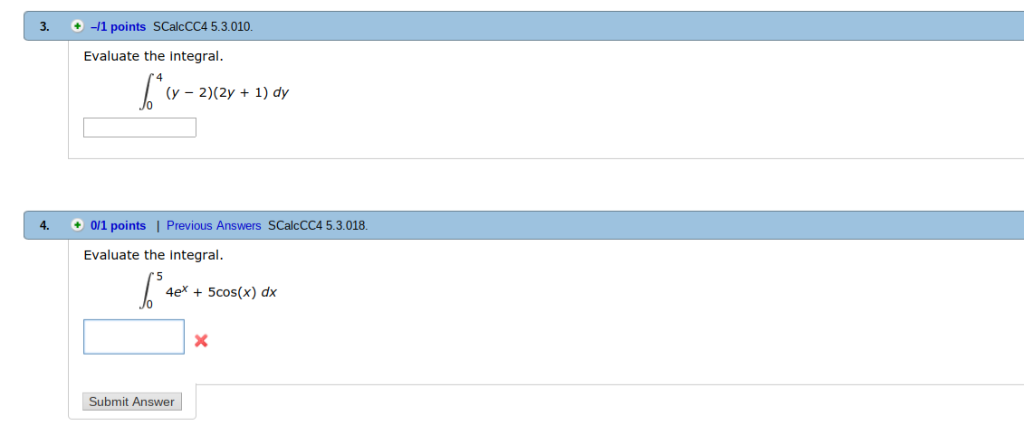

The two objects get stuck together in the collision. MY NOTES ASK YOUR TEACHER PRACTICE ANOTHER An object of mass 3.50 kg moving with a velocity of 3.20 m/s collides with another object of mass 1.60 kg moving with a velocity of 3.60 m/s in the same direction. Carry out all intermediate results to at least four-digit accuracy to minimize roundoff error. This may be due to roundoff error, or you could have a mistake in your calculation. 12.018 x Your response is within 10% of the correct value. Find the distance over which the skater will move in the opposite direction if the coefficient of kinetic friction between the skater and the ice is 0.03. MY NOTES ASK YOUR TEACHER PRACTICE ANOTHER A skater of mass 60.0 kg standing on ice throws a stone of mass 7.57 kg with a speed of 20.3 m/s in a horizontal direction. DETAILS PREVIOUS ANSWERS KATZPSEF1 11.P.020. It is important to have a rm grasp of these principles because they are the basis for our comprehensive discussion of chemical bonding in Chapter 6.Transcribed image text: 2. In the next two chapters, we use quantum mechanics to explain atomic and molecular structure, respectively. These concepts and principles are completely general they can be applied to explain the behavior of any system of interest. Different kinds of energy level patterns arise from different potential energy functions, for example the hydrogen atom (See Section 5.1) and the harmonic oscil-lator (See Section 20.3). Finally, for large values of n, the probability distribution looks much more classical, in accordance with the correspondence principle. Normalization ensures that the probability of nding the particle at some position in the box, summed over all possible positions, adds up to 1. The most probable location for the particle-in-a-box model in its ground state is the center of the box, rather than uniformly over the box as predicted by classical mechanics. The probability density distribution is different from that for the analogous classical system.

The energy-level structure depends on the nature of the potential, E n n 2, for the particle in a one-dimensional box, so the separation between energy levels increases as n increases. Particle-in-a-box models illustrate a number of important features of quantum mechanics. Zero-point energy is a consequence of the Heisenberg indeterminacy relation all particles bound in potential wells have nite energy even at the absolute zero of temperature. For example, the probability of locating the particle at a particular location is the square of the amplitude of its wave function. Once we accept that particles can behave as waves, we can form analogies with classical electromagnetic wave theory to describe the motion of particles. Wave–particle duality accounts for the probabilistic nature of quantum mechanics and for indeterminacy. Because the energy level spacing is inversely proportional to the mass and to the square of the length of the box, quantum effects become too small to be observed for systems that contain more than a few hundred atoms. The one-dimensional particle-in-a-box model shows why quantiza-tion only becomes apparent on the atomic scale. Energy quantization arises for all systems whose motions are connned by a potential well. Nonetheless, we have accepted their validity because they provide the most comprehensive account of the behavior of matter and radiation and because the agreement between theory and the results of all experiments conducted to date has been impressively accurate. These ideas appear foreign to us because they are inconsistent with our experience of the macroscopic world. The key new concepts developed in quantum mechanics include the quantiza-tion of energy, a probabilistic description of particle motion, wave–particle duality, and indeterminacy.

This was undoubtedly one of the most signiicant shifts in the history of science. 183 philosophical implications of quantum mechanics and develop a new way of thinking about nature on the nanometer-length scale.


 0 kommentar(er)
0 kommentar(er)
